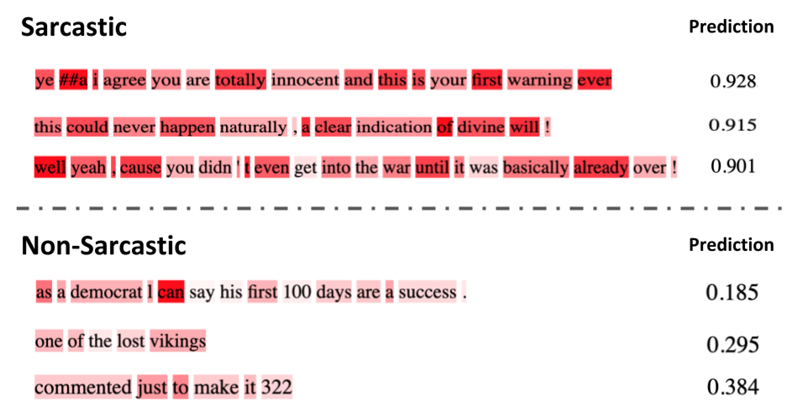
10th May 2021 AI can now detect sarcasm Computer science researchers have developed a new artificial intelligence (AI) program that can detect sarcasm in social media.
Social media has become a dominant form of communication both for individuals, and for companies looking to market and sell their products and services. Properly understanding and responding to customer feedback on Twitter, Facebook and other social media platforms is critical for success, but can be incredibly labour intensive. That's where sentiment analysis comes in. This term refers to the automated process of identifying an emotion – whether positive, negative or neutral – associated with text. While AI refers to logical data analysis and response, sentiment analysis is akin to correctly identifying emotional communication. Researchers at the University of Central Florida (UCF) have developed a new technique that accurately detects sarcasm in social media text. Their study appears in the journal Entropy. The paper defines sarcasm as "a rhetorical way of expressing dislike or negative emotions using exaggerated language constructs. It is an assortment of mockery and false politeness to intensify hostility without explicitly doing so." The team used a deep learning model to find patterns that often indicate sarcasm and combined that with teaching the program to correctly pick out "cue words" in sequences more likely to indicate sarcasm. They taught the model to do this by feeding it large data sets and then checked its accuracy. "The presence of sarcasm in text is the main hindrance in the performance of sentiment analysis," says Ivan Garibay, PhD, Director of UCF's Artificial Intelligence and Big Data Initiative. "Sarcasm isn't always easy to identify in a conversation – so you can imagine it's pretty challenging for a computer program to do it and do it well. We developed an interpretable deep learning model using multi-head self-attention and gated recurrent units. The multi-head self-attention module aids in identifying crucial sarcastic cue-words from the input, and the recurrent units learn long-range dependencies between these cue-words to better classify the input text." "Sarcasm has been a major hurdle to increasing the accuracy of sentiment analysis – especially on social media – since sarcasm relies heavily on vocal tones, facial expressions and gestures that cannot be represented in text," explains Brian Kettler, a program manager at DARPA, who provided funding for this research. "Recognising sarcasm in textual online communication is no easy task, as none of these cues are readily available."
Comments »
If you enjoyed this article, please consider sharing it:
|








